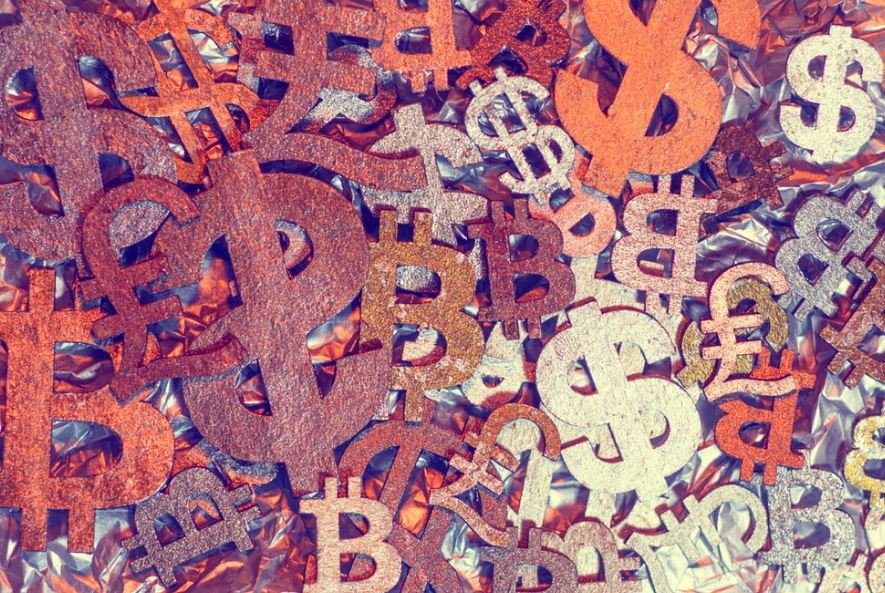Business
Pros and Cons of Investing in Art Funds

Investing in art has been the hottest thing for a few years now. It’s no big secret why: such investments are essentially shielded against the volatility of the stock market. They also provide a hedge against inflation and generally produce competitive returns. If you want to generate secondary income or simply want to diversify your portfolio, investing in art can be an attractive approach.
There are multiple ways to invest in art, and one popular way is through an art fund. Such funds generate returns through the acquisition and disposition of art works and are managed by firms. But are such funds all they’re cracked up to be? Let’s look at the pros and cons of investing in art funds.
[lwptoc]
What are Art Funds?
Art funds are privately held investment funds that buy and manage art works with the goal of generating returns. They’re typically managed by an advisory firm or professional art investment management firm that is paid a fee plus a share of any returns the fund delivers.
What Kinds of Art Funds are There?
The two types of art fund investments are:
- Short-term (five years). These investments exclusively have to do with contemporary art.
- Long-term (eight to 10 years). These investments cover all of art history.
How Does One Invest in an Art Fund?
To invest in art through an art fund, you can buy shares with a relatively low entry threshold. During the investment period, fund managers establish a collection based on guidance from field experts. Once a collection is created, a strategy to enhance the collection’s value, such as lending the collection to a gallery or museum, is crafted.
After that, the works are resold with the proceeds divided among investors. After subtracting fund management and administration costs, that is.
How Popular are Art Funds?
Increasingly so. According to a 2019 Deloitte survey, 81 percent of respondents wanted wealth managers to add art to their portfolio offerings. That’s up from 66 percent just two years earlier.
For one thing, there’s been a great deal of price appreciation in the art market, and investors are aware that, over the last decade or so, returns from stocks and bonds have generally been lukewarm. At times, the art market outperforms the stock market.
What are Art Fund Benefits and Drawbacks?
There’s no perfect investment, and an art fund is no different. The main challenges include the fact that the art market’s opaqueness can prevent evaluations, although digitization has offset some of that. Also, the market increasingly calls for certain knowledge and skills. Then again, that can be an advantage in that you, personally, don’t need such expertise; you rely on the fund manager.
As far as benefits go, going through an art fund is not as risky as buying a piece of art as an investment outright. Also, because art fund managers are largely paid based on their performance, more and more talented art professionals are indeed entering the field.
Moreover, if you buy into an art fund, you needn’t worry about managing or preserving the works, as the fund manager takes care of this. Because these are medium to long-term investments, the fund manager has the bandwidth to determine the optimal time to unload the art while maximizing profits.
When it comes down to it, the pros, and cons of investing in art funds depends on your situation. But such investments are trending upward. If you wish to get more into it, the alternative investment platform Yieldstreet, which helps investors produce secondary income, has accessible opportunities in this asset class.
Check out: Three Investing Trends You Should Follow
-

 Entertainment2 months ago
Entertainment2 months agoBflix.gg Not Working? Here’s Where You Can Stream Free Now
-

 Fashion2 months ago
Fashion2 months agoVintage Styles Making a Comeback: Trends You Should Know
-

 Tech1 month ago
Tech1 month agoLatest Durostech Updates: Key Highlights
-

 Entertainment2 months ago
Entertainment2 months agoIs Shannon Reardon the Same as Swanick? Here’s What We Know






